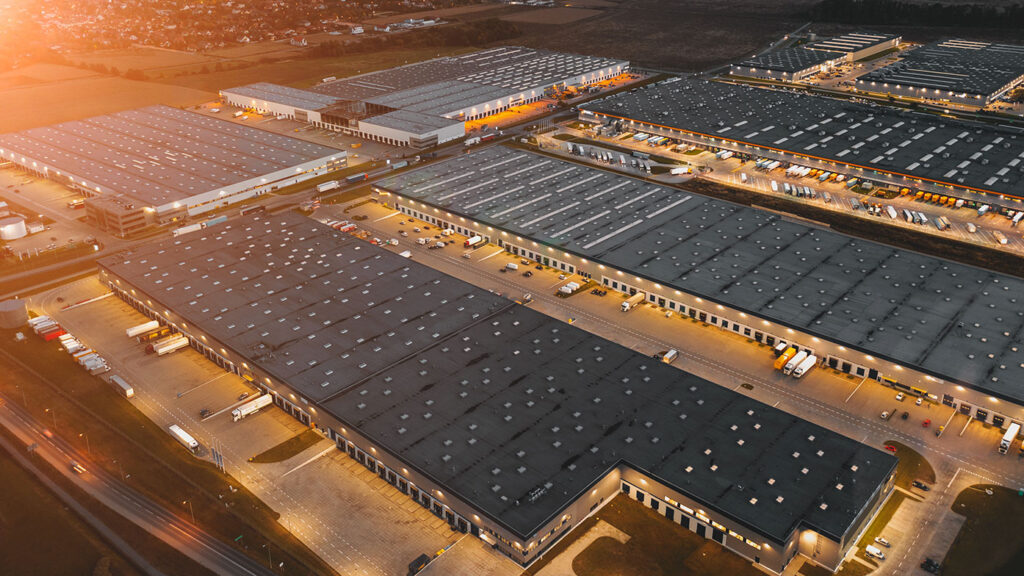- The Southeast has consistently led U.S. sales volume for the past three years.
- The Western region previously led the nation in volume.
- The Northeast has seen the most substantial market share erosion, though it showed signs of recovery in 2023.
- The Midwest posted its highest share of total volume since 2001.
- Understanding shifts in capital allocations can go a long way toward developing investment strategies.
There have been notable shifts in capital allocations to regions throughout the U.S. in recent years. The West was the top investment sales market from 2001-2020. Since then, the Southeast has led the country in sales volume. Demographics have played into this, with investors chasing population growth. Allocation shifts across asset classes have also been a significant factor, with industrial and multifamily surging, contributing to volume gains in the Southeast and Southwest. This trend has contributed to a drop-off in activity in the Northeast, which has experienced the sharpest relative volume decline of any region.
 Aaron Jodka
Aaron Jodka
“The Southeast region leads U.S. sales, fueled by population growth and investments in the multifamily and industrial sectors.”

Institutional investors have recalibrated their portfolios, going heavier on industrial while backing off retail and office. Data from MSCI and PREA revealed that industrial capital value weight within funds nearly doubled between 2017 and 2023, while office and retail fell by almost half. Meanwhile, multifamily has contributed an outsized share of aggregate sales volume in recent years. The pendulum may have swung too far or is in the process of doing so regarding office allocations. Investment flows returning to office would support volume in the Northeast and West.
Fundamentals are softening in multifamily and industrial due to a wave of new development. However, this is expected to be a temporary imbalance and may allow some regions to gain relative volume. The Northeast and Midwest have gained relative share since 2021; in 2023, the Midwest captured its largest volume share since 2001. Understanding and accurately predicting capital flows can help enhance returns and liquidity across investment sales strategies.




